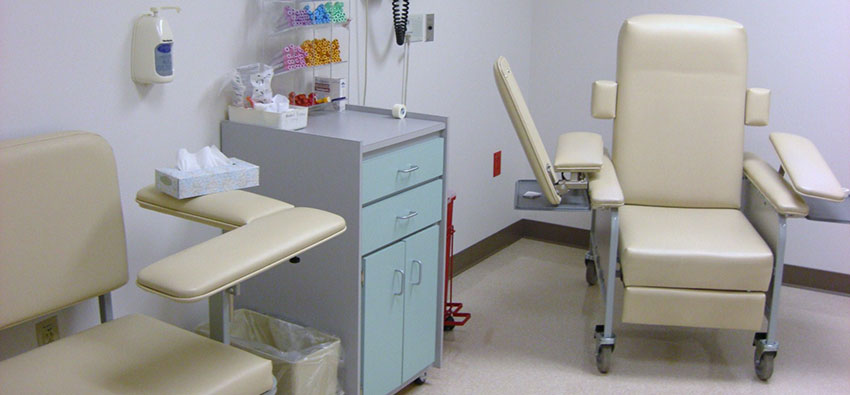I was going to write about “distributive healthcare” after a recent HSPI Conference, but got sidetracked by more urgent business. So, although I’m a little late, here are my thoughts!
The first day of the conference, I was asked to meet with two members of a large hospital network to discuss modeling a situation they were dealing with. It was born of a current trend towards catchment area boundaries becoming more expansive which, in return, was increasing the need for hospitals and medical centers to provide direct support over a much larger and often unpredictable area. In a nutshell, they felt the trend was forcing a need to re-position treatment options over a more diverse range of communities, not only as a means to improve effectiveness but to save costs as well. As you can imagine, this idea flies in the face of the traditional model that relies on centralization for economy. So, they wanted to know, “can we simulate patient care such that the model would show the most cost effective way to position and support ‘distributive forward-care’ options?”
I wouldn’t have given a huge amount of thought to the request had I not been in the healthcare business when DRG’s were first introduced — and had I not witnessed the rapid transition from medical to surgical, and subsequently from in-patient to out-patient care, that left many hospitals stuck with large, unoccupied, white elephant facilities. But, I was there and I saw it all. So, what they was asking was neither a reflection of a creative imagination at work nor a forecast of what might lie ten years down the road. It was both real and probably short term enough to be of considerable concern. In any event, if that realization was simply a manifestation of my own inflated sense of priorities, all doubt was removed when two other organizations, independent of the network I’d spoken with earlier and located in areas of the U.S. far distant from their operating area, stopped by to ask similar questions.
So, what does this mean? Well, if you set aside a few hours to scan the literature dealing with everything from the importance and emphasis on preventive medicine, to the expanding role that technology will play in both diagnosis and treatment of disease, to the contribution earlier intervention and far forward treatment will have on improved patient outcomes, you’ll begin to understand. Simply put, it might be time for the tentacles of healthcare to begin expanding at their tips and lengthening their reach rather than continuing to depend on a large central organization to provide the range of professional care expected by the patient community. But, where should they expand? Where should services be moved closer to the patient and which services and to what degree? Moreover, where should technology, professional staff members and diagnostic services be positioned or shared, or simply scheduled, to achieve the greatest benefit?
I’d be remiss if I didn’t suggest that simulation might just be the quickest way to address and provide answers to these and many related questions!
